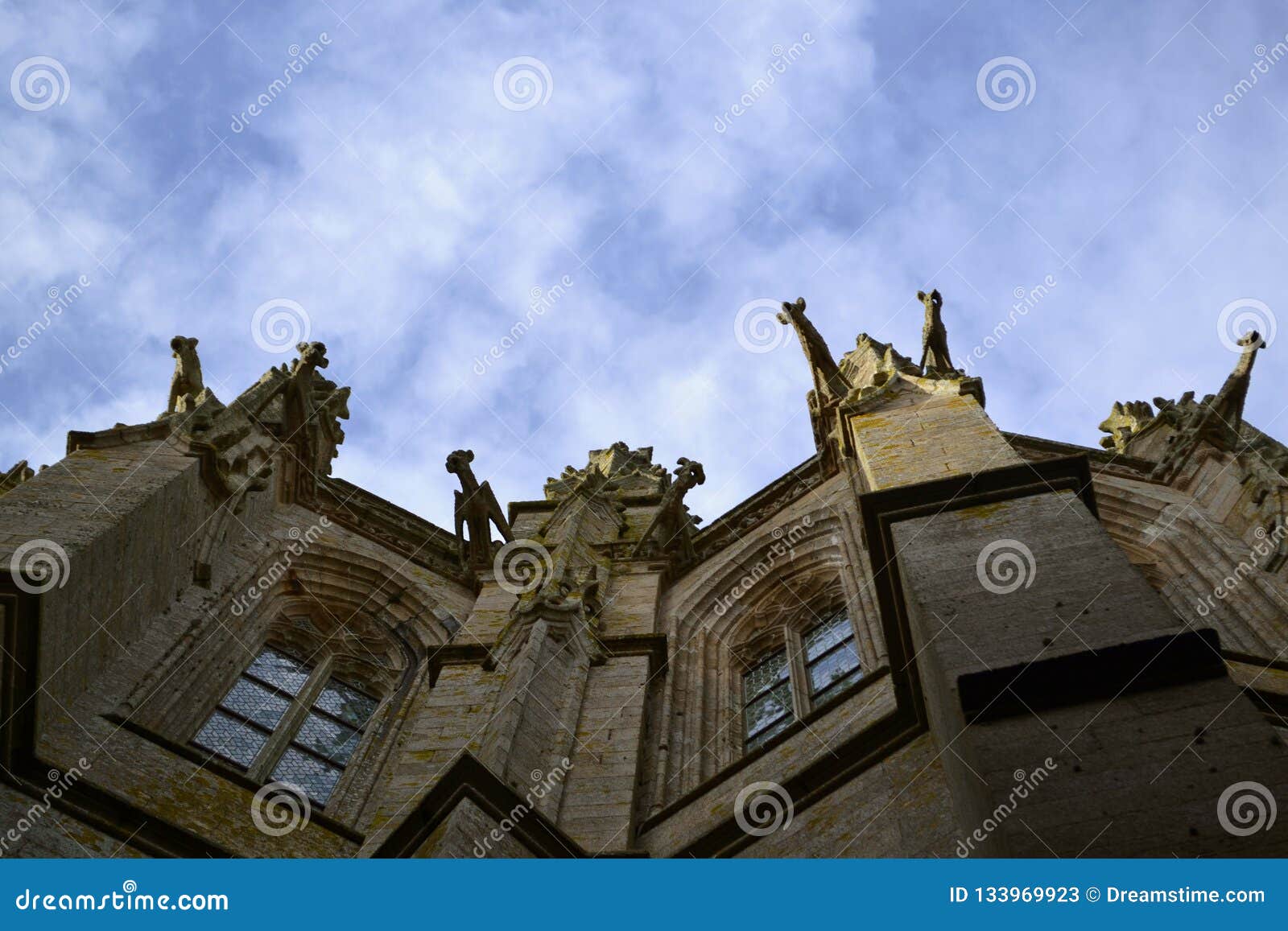

In this post we will look at the history of gargoyles and grotesques during the Gothic period to give us insight about these fascinating architectural figures perching from buildings all over Western Europe. You will find gargoyles and grotesques in countries such as France, Italy, Spain, Germany and the United Kingdom. But spiritual safety is not found inside a building or in a works-based religion it is found only in Christ (Proverbs 18:10 2 Samuel 22:3 Psalm 91:2).Gargoyles and grotesques were a hallmark of the Gothic period of architecture, which grew popular in Western Europe from the 12th to the late 15th centuries, and which was carried over well into the 20th century during the age of Gothic Revival marked by fascination with the Middle Ages. Gargoyles are certainly more interesting than undecorated rainspouts, and the symbolism behind them is fascinating. Simply put, the Bible gives us no reason to believe that any being resembling a gargoyle exists.

Demons are sometimes portrayed as looking somewhat like gargoyles, but it is unlikely that demons would take on such a form, considering their goal of deceiving people into believing them to be angels of light (2 Corinthians 11:14). Gargoyles are never mentioned in the Bible. Ancient Egyptian architecture also boasts gargoyles, most of these also shaped as lions. One of the earliest examples of gargoyles is a set of lion-shaped water spouts built into the side of the temple of Zeus in Olympia, Greece. But gargoyles date back to pre-Christian times. It’s also possible that the thinking behind gargoyles was to create a symbolic representation of hell again, the outside of the church was contrasted with the inside. The gargoyles were thus a warning to the populace that it was better to be inside the church than outside. The thinking was that the church offered spiritual safety for those who accepted its authority, but outside the church was spiritual danger.

Some believe gargoyles on a church were meant to ward off evil it’s also possible that the gargoyles symbolized evil spirits, monstrous entities, and damned souls. Many times gargoyles in Gothic churches were attached to the gutter system of the roof, with the mouth of the gargoyle acting as a spout for rainwater, helping keep the masonry from being destroyed.Ĭatholic churches in the Middle Ages used gargoyles for a secondary purpose, after diverting water from the church walls. Gargoyles are figures often carved into the architecture of old churches, usually in the form of a grotesque animal or human.


 0 kommentar(er)
0 kommentar(er)
